Saturday Sprouting Reads (Tribal Superfoods, Big 6 Platform-Ecosystem Agritech Gameplays, 75 Years of Herbicides)

Dear Friends,
Greetings from Hyderabad, India! Welcome to Saturday Sprouting Reads!
About Sprouting Reads
If you've ever grown food in your kitchen garden like me, you would realize the importance of letting seeds germinate sooner than later. As much as I would like to include sprouting as an essential process for the raw foods that my body loves to experiment with, I am keen to see how this mindful practice could be adapted to the food that my mind consumes.
You see, comprehension is as much biological as digestion is.
And so, once in a while, I want to look at a bunch of articles or reports closely and chew over them. I may or may not have a long-form narrative take on it, but I want to meditate slowly on them so that those among you who are deeply thinking about agriculture could ruminate on them as slowly as wise cows do. Who knows? Perhaps, you may end up seeing them differently.
[Subscriber-Only] 3 Tribal Superfoods from India that might go big in 2023
Traditional Toddy (fermented sap of palm tree/coconut tree) / Mahua (Madhuca longifolia)/ Feni (Cashew fruit liquor)
Chapada Chutney (Red ant chutney)/ Black Carpenter Chutney (Odisha)
Sattu (Chickpea)/Moringa (Moringa Oleifera)
In this subscriber-only post, I closely look at 3 Tribal superfoods that are expected to get “milletified” and explain my reasons, based on the early activity signs I am seeing in the agrifood tech investor/founder ecosystem.
[Subscriber-Only] Big 6 Platform-Ecosystem Agritech Gameplays
In my ongoing exploration of Davidian and Goliathan agritech gameplays, I am inveterately curious to figure out how Goliaths build ecosystems of Davids (who have the potential to kill the Goliath someday when the odds are right) and eventually become stronger than David.
If you want to see the ideal bird’s eye view, it looks like this, to borrow and slightly tweak this fascinating framing from Kevin Kwok, whom we met briefly when I wrote about atomic concepts of agritech marketplaces.
If you are a Goliath agri-input firm, why should you care about ecosystems?
The answer lies in this graphic. How else can you hit two stones - ‘maximum impact’ and ‘infinite nicheness’ - to build the ONE ideal agritech platform for literally every business small and big in the food and agribusiness industry?
When I earlier analyzed the Indian agritech gameplays of Big 6 agri-input firms, unfortunately, I hadn’t taken into account this important dynamic.
And so, when I take into account who is attempting to build either a company platform or at the starting journey of building an industry-wide open innovation ecosystem, the big 6 agri input firm landscape looks like this.
In this subscriber-only post, I look at UPL’s corporate realignment, Big 6 agritech platform-ecosystem gameplays, explore Syngenta’s Centrigo Farming Ecosystem and briefly study Buhler Group’s Agritech Gameplay
Seventy Five Years of Herbicides
Few weeks back, I had a long mentorship chat about the work I am doing as an agritech analyst with a reputed technology analyst who has been tracking the cloud, artificial intelligence and machine learning ecosystems for decades and works closely with leading global technology players in Silicon Valley.
As he learned about my motivations to track the agritech ecosystem across smallholding contexts, he asked me a question that only an outsider could ask. In my paraphrased words, his googly of a question could be summarized thus:
“I track cloud, AI and Machine learning ecosystems as they are rapidly evolving every single day. What exactly are you going to track in the agritech ecosystem when the fundamentals of agriculture haven’t changed much?”.
Honestly, at that moment, I gave an obtuse answer that wasn’t convincing enough. Thankfully, I discovered an insightful answer in the works of Vaclav Smill. In “How the World Really Works”, he writes,
“The fundamental energy conversion producing our food has not changed: as always, we are eating, whether directly as plant foods or indirectly as animal foodstuffs, products of photosynthesis—the biosphere’s most important energy conversion, powered by solar radiation.
What has changed is the intensity of our crop, and animal, production: we could not harvest such abundance, and in such a highly predictable manner, without the still-rising inputs of fossil fuels and electricity. Without these anthropogenic energy subsidies[emphasis mine], we could not have supplied 90 per cent of humanity with adequate nutrition and we could not have reduced global malnutrition to such a degree, while simultaneously steadily decreasing the amount of time and the area of cropland needed to feed one person.” - Vaclav Smill
The elephant in the room is this: Can we feed the world without this anthropogenic energy subsidy?
In his insightful book, “Seed Money: Monsanto’s Past and Our Food Future”, Bartow J. Elmore explores this energy subsidy through the lens of Monsanto’s history
“Monsanto earned the seed money to finance a seed empire at a time when most American chemical companies were dependent on German and Swiss firms for supplies. When John Queeny created Monsanto in 1901, he was on a quest to free the American economy from the stranglehold of European chemical concerns.
He looked toward natural resources that the United States harbored in abundance, especially coal and petroleum[emphasis is mine], seeking to turn those mineral deposits into synthetic products that would drive the global economy.” - Bartow J.Elmore , Page 25
It’s fascinating to read this historical nugget because today EU has reversed its stance and made its priorities clear: Sustainability over Profitability, in contrast to US.
In a recent journal publication published by Advances in Weed Science, this clash of paradigms and the vexing question of herbicide resistance is explored in greater depth through the study of the last seventy-five years of herbicide across South America, Australia and New Zealand, South Asia and France
Among the papers published in the journal, Stephen Powle’s paper fascinated me the most, as it gave a fascinating historical perspective that explained why herbicide discovery program is currently run only by 5 Big Ag majors - BASF, Bayer, Corteva, FMC, Syngenta. The contrast becomes stark when you see how many corporations in USA/Europe had herbicide discovery programs.
“Around 75 years ago, dichlorophenoxyacetic acid (2,4-D) was the first synthetic, crop-selective herbicide introduced for use in global agriculture. Indeed, 2,4-D was independently discovered during World War II UK and USA war research efforts and then developed post-war as a herbicide (Peterson, 1967). The success of 2,4-D in removing weeds from crops catalyzed the creation of herbicide discovery programs within existing and new chemical companies. Soon there were many corporations with activities in the chemicals area with herbicide discovery programs.”
That herbicides have been stuck in technology used in the 60s is plainly obvious when you study the pattern of herbicide usage. While “2,4-D and MCPA have been used continuously for more than 75 years” in France, in the case of Brazil, “In 2019 the most used herbicides in Brazil were glyphosate, 2,4-D, atrazine, paraquat and diuron representing 62, 15, 7, 5 and 2% of the total amount used.”
Ofcourse, in 2022, while there are now more startups with herbicide discovery programs, there is a lot of scope of precision herbicide application that doesn’t make a mockery of Jevons’ paradox.
Perhaps, robotics could be answer, although whether these technologies could make sense in a smallholding context is still yet to be figured out.
The ongong discussions on herbicide resistance across the world have cast an impregnable negative image on herbicides even though the data is conflicting, depending on where you are seeking it from.
Agricultural paradigms are caught in a never-ending battle between, as R. Ford Denison explores powerfully in his book Darwinian Agriculture, “trade-off blind” biotechnology on one end, and “mindless mimicry of nature” on the other end.
Hopefully, we will progress further and discover that this was a false duality in the first place.
So, what do you think?
How happy are you with today’s edition? I would love to get your candid feedback. Your feedback will be anonymous. Two questions. 1 Minute. Thanks.🙏
💗 If you like “Agribusiness Matters”, please click on Like at the bottom and share it with your friend.


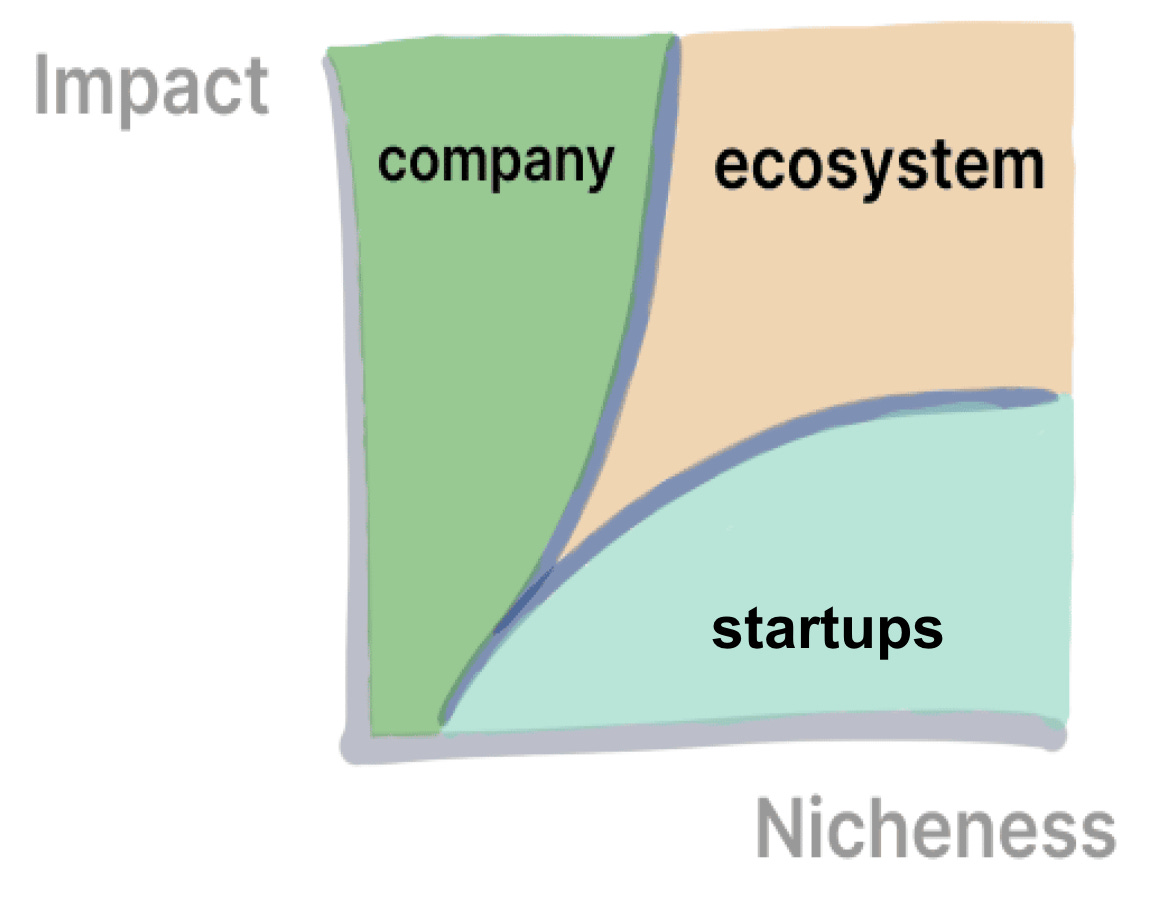
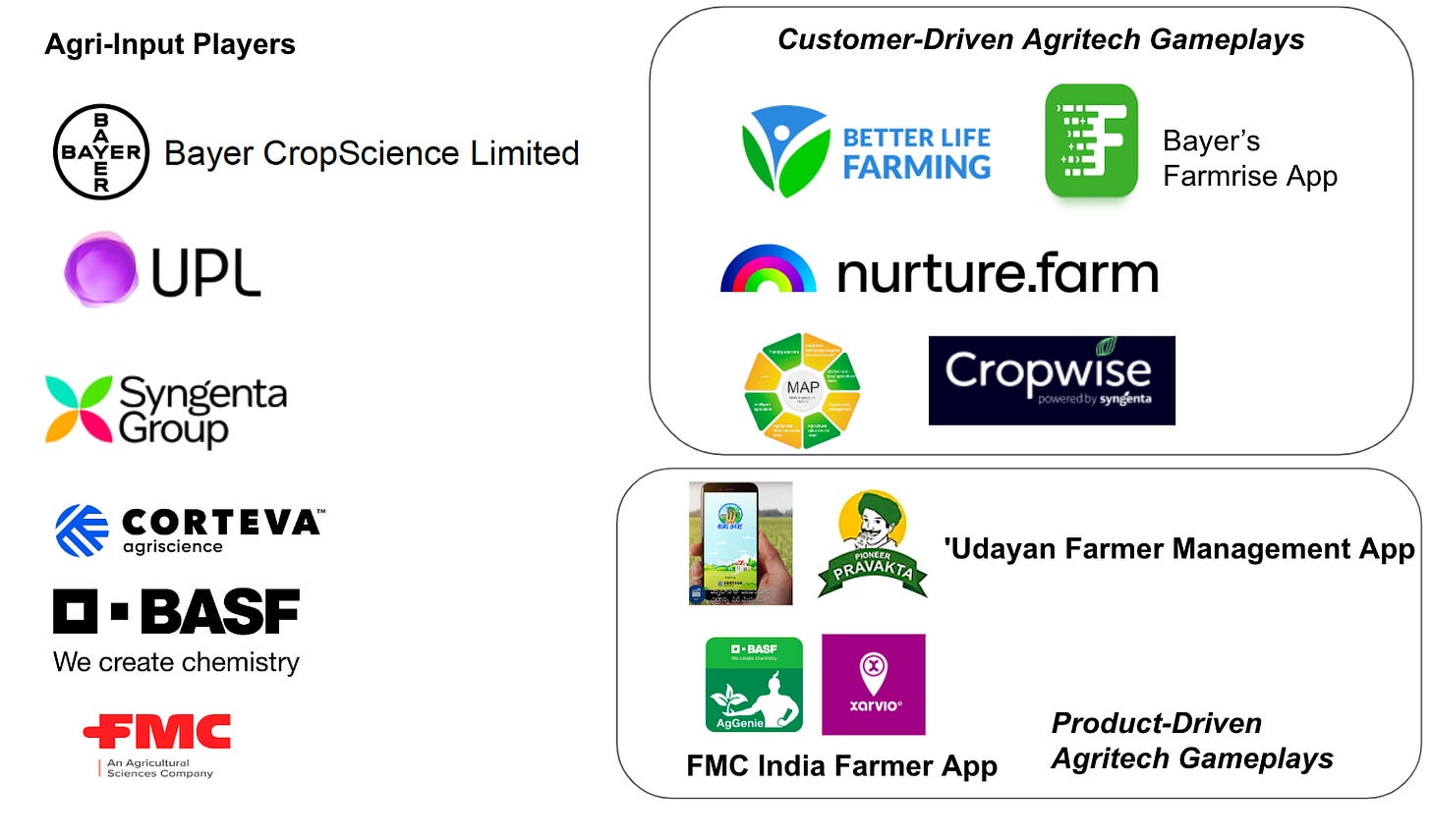
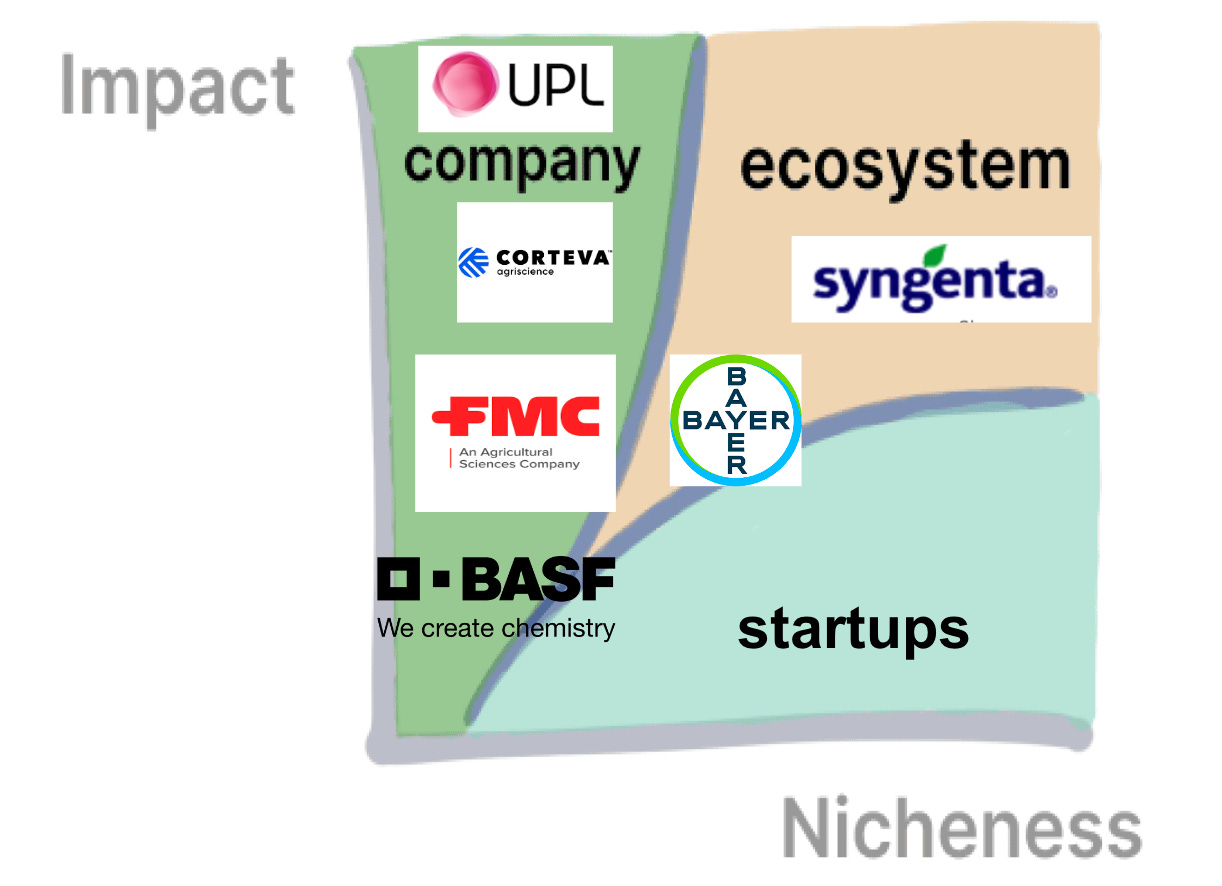
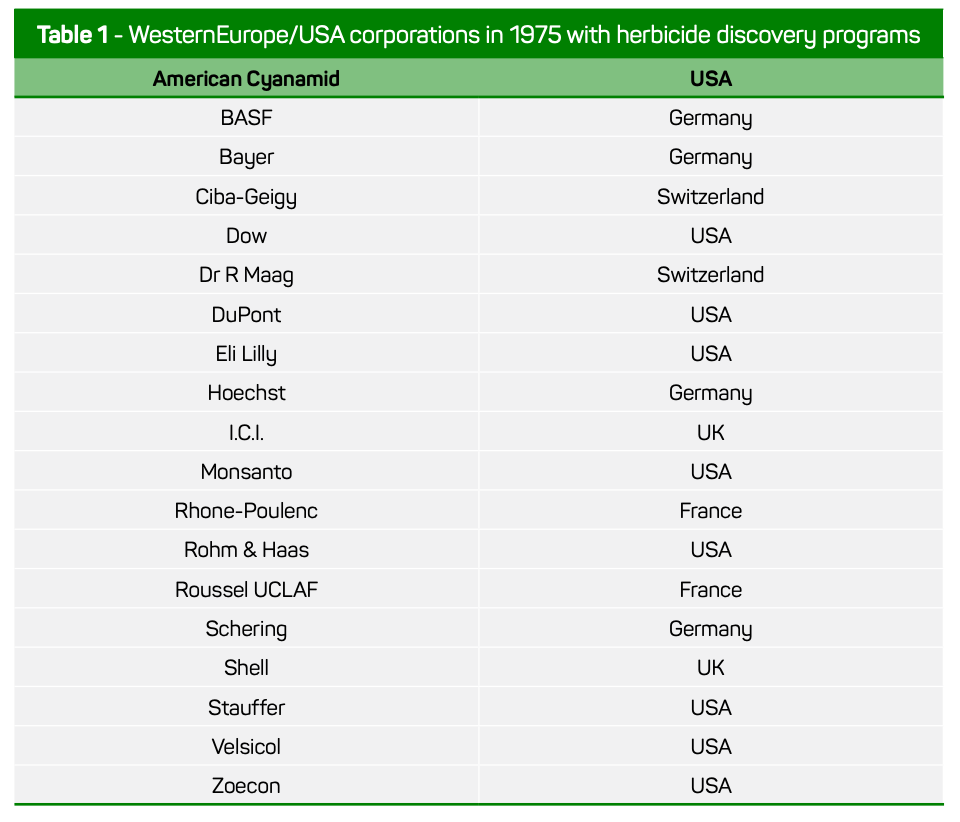
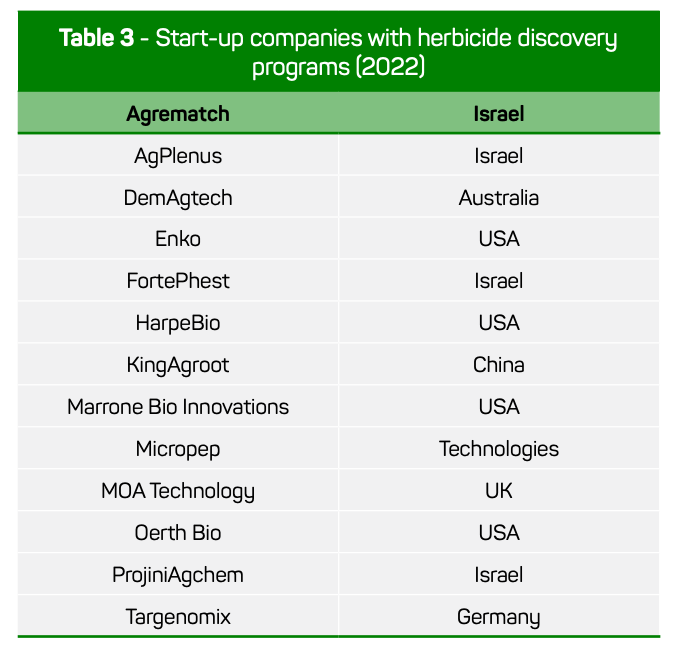
I really love the content and the knowledge that you are posting here. Thank you sir.